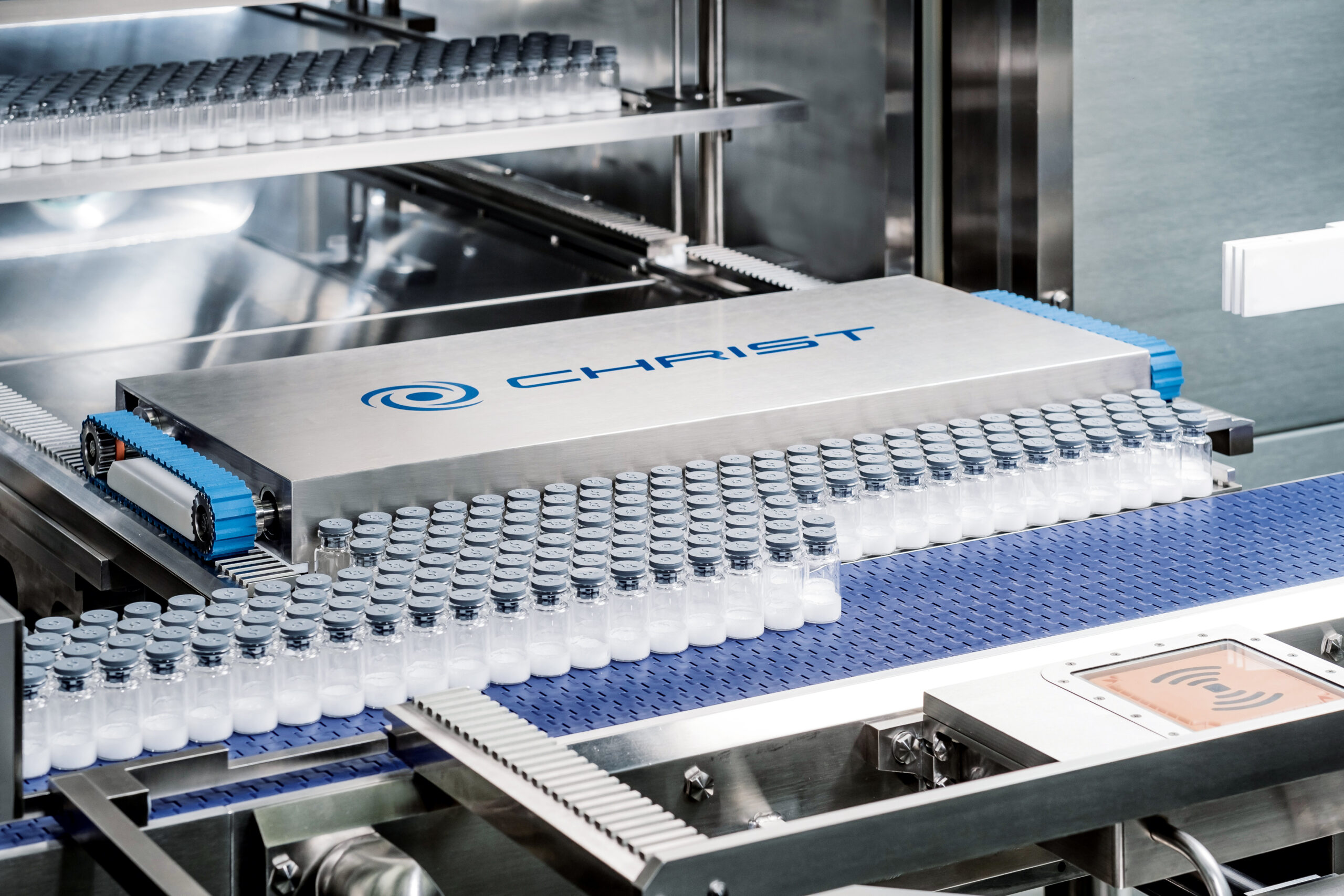
Lyophilization
Freeze drying (or lyophilization) is a technique used to remove water from a solution to leave behind a more stable dry product. This technique involves freezing the product on a shelf using extremely low temperatures, applying a vacuum and then slowly heating the product to ensure the ice turns into vapor in order to remove the water content.
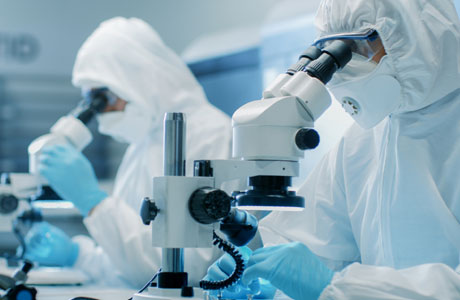
Cleanrooms
Cleanrooms are enclosed spaces in which the environment is tightly controlled, often used in the pharmaceutical and medical industries to maintain and avoid contamination.
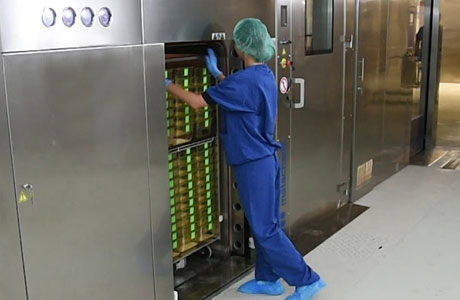
Steam Sterilization
Autoclaves in the pharmaceutical and medical industries must comply with established standards and norms (EN 285 and ISO 17665) to ensure that their process continues to provide safe and sterile results.

Warehouse
Warehouse environments in the pharmaceutical, medical, and food industries may be subject to regulatory compliance, requiring validation and monitoring.
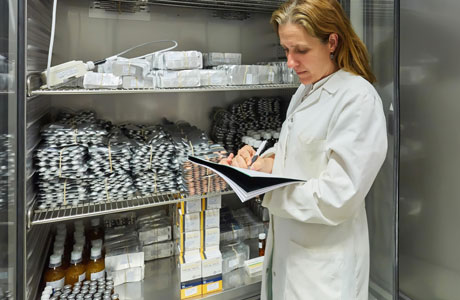
Stability Chamber
Stability Chambers in the pharmaceutical and medical industries rely heavily on validating critical temperature and humidity parameters in order to accurately measure the effect of these variables on individual drug products. This can help establish vital product degradation information.
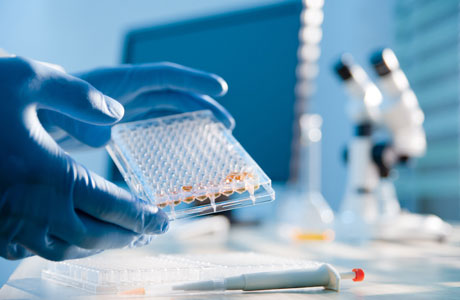
Laboratories
Laboratories in the pharmaceutical sectors must be closely monitored in accordance with regulatory procedures, in order to prevent damage to equipment and vital resources.
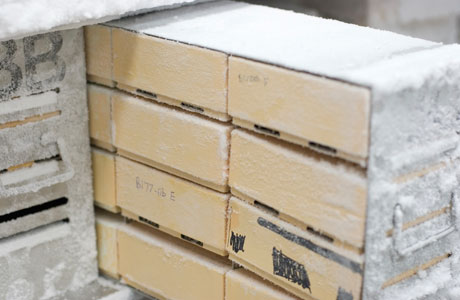
CTU's and TCU's
CTU’s and TCU’s are used to avoid further biological activity such as decay in food and medical products. The critical parameter during storage is temperature, but often humidity is also monitored for dry conditions.
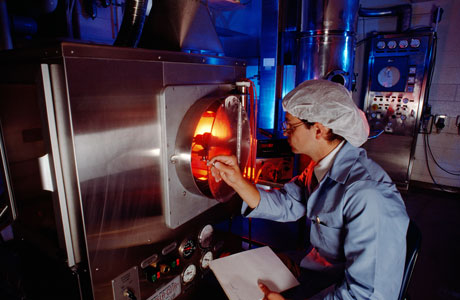
Oven
Ovens are insulated boxes with adjustable heaters required to achieve high temperatures in the pharmaceutical and medical industries. More advanced ovens may also include the ability to lower the temperature below ambient (via refrigeration), and/or the ability to control vacuum, which also require pressure to be monitored and controlled alongside temperature.
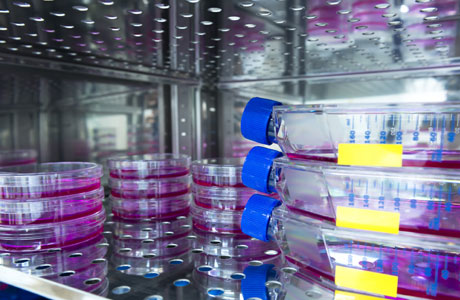
Incubation
In microbiology an incubator is a device for controlling temperature, humidity, and other conditions under which a microbiological culture is being grown.
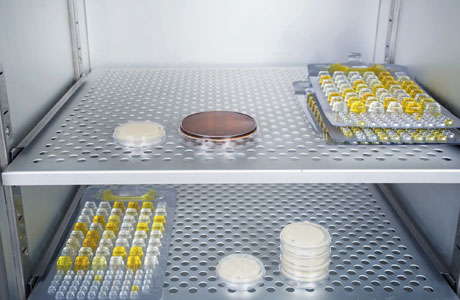
H202 Sterilization
Hydrogen Peroxide Sterilization is a low-pressure, low-temperature, nontoxic process used in the pharmaceutical and medical industries to reduce the levels of infectious agents. This process is preferred for products that either cannot withstand the heat of typical autoclave sterilization or that have diffusion-restricted spaces such as low lumen medical devices.
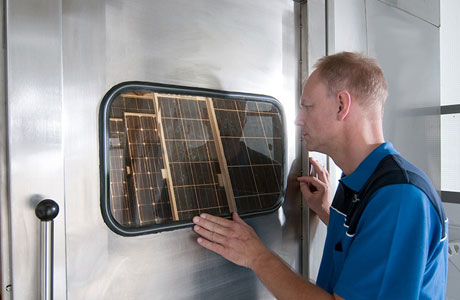
Environmental Test Chamber
Environmental test chambers are suitable for numerous applications: product shelf life, stability and package testing, light exposure and temperature evaluation studies, electronic component burn-in, plant growth, and many more.
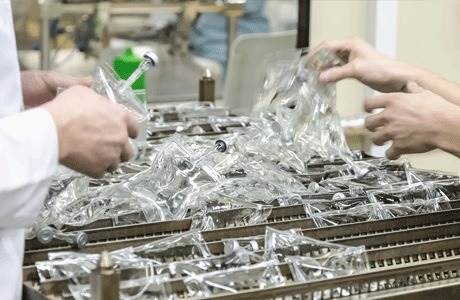
Et0 Sterilization
Ethylene Oxide Sterilization is a low-temperature process used in the pharmaceutical and medical industries to reduce the levels of infectious agents. This process is preferred for products that cannot withstand the heat of typical autoclave sterilization. Critical parameters include temperature, humidity and pressure levels.
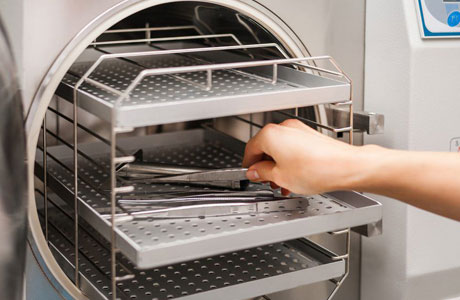
Depyrogenation
Dry heat sterilization is a pharmaceutical process aimed at reducing pyrogen levels using hot air.This can be useful in the sterilization of vials for aseptic filling, and sterilizing assembled and packaged materials without requiring steam or water. This necessitates high degrees of temperature control.
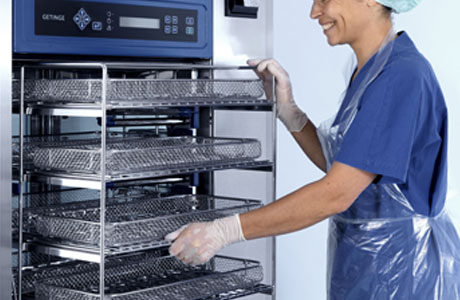
Washer Disinfector
Washer/disinfectors are used in both medical and pharmaceutical applications to either prepare goods for future autoclaving (for example surgery instruments to remove residues such as blood and protein) or to disinfect (semi sterilize) goods for later use.